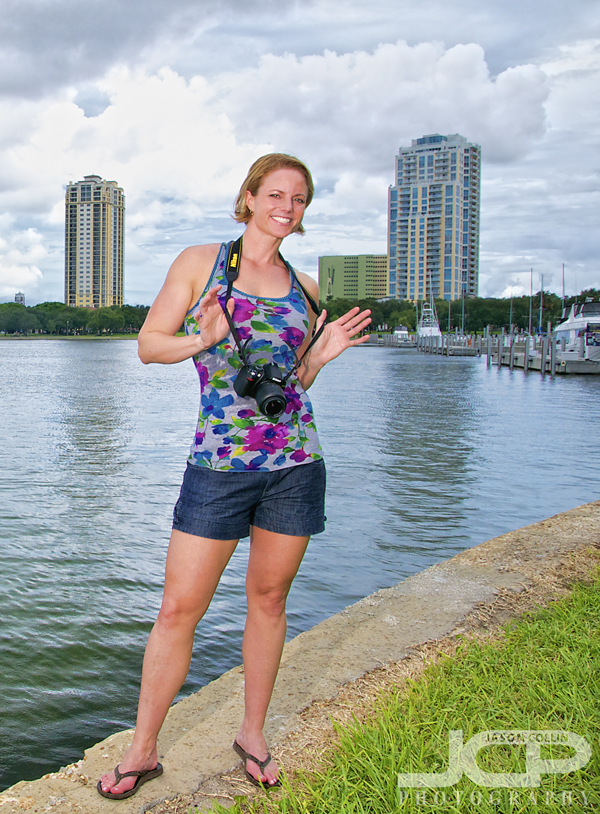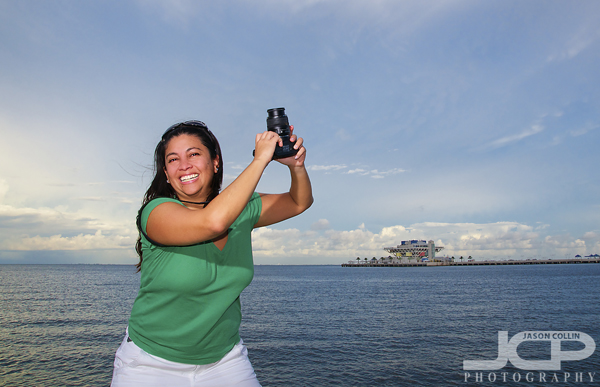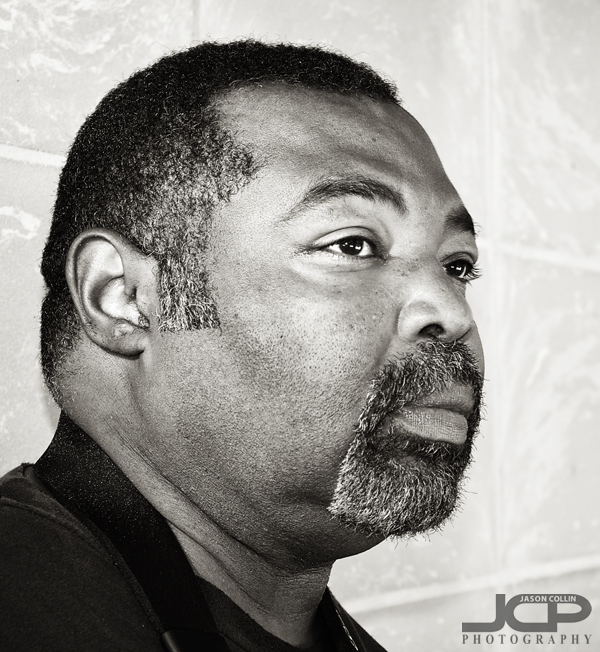 Jordan was very excited to enter the DSLR world with her Nikon D3000I sometimes get DSLR Photography Lesson inquiries before the student even owns a DLSR. Sometimes they even call me from Best Buy asking which camera to buy and when can they take their first lesson! Obviously I always recommend the Nikon D3s, but then it seems no one has a $5,000 budget, so then I recommend them something a bit more reasonable. Things were alone this line before Jordan and I had our first lesson together yesterday. She had recently bought a super zoom point and shoot, but was wondering if she should have gotten a DSLR. Since she could still return the P&S so I recommended Nikon's entry level DSLR, the D3000. She bought it with the 18-55mm kit lens, along with a couple of other small accessories.
Jordan was very excited to enter the DSLR world with her Nikon D3000I sometimes get DSLR Photography Lesson inquiries before the student even owns a DLSR. Sometimes they even call me from Best Buy asking which camera to buy and when can they take their first lesson! Obviously I always recommend the Nikon D3s, but then it seems no one has a $5,000 budget, so then I recommend them something a bit more reasonable. Things were alone this line before Jordan and I had our first lesson together yesterday. She had recently bought a super zoom point and shoot, but was wondering if she should have gotten a DSLR. Since she could still return the P&S so I recommended Nikon's entry level DSLR, the D3000. She bought it with the 18-55mm kit lens, along with a couple of other small accessories.
The enthusiasm she showed in her e-mails before the first lesson carried over into the lesson itself as she was anxious to learn as much as I could teach her during the 2-hour lesson. We covered all the things I usually do in a first lesson (using aperture priority mode, set focus mode, ISO, WB for a number of shooting situations, etc) but also how to use exposure compensation to try and stem the harsh midday lighting conditions on a summer Florida Saturday.
As we walked along the downtown waterfront area toward Vinoy Park we talked about photography and how she hopes to connect it to all the interesting people around her. Even though we did get stuck in a bit of rain at the end of the lesson, we still took shelter under some trees to get in some flash portrait practice. I look forward to our next lesson and seeing what gear Jordan buys between now and then.







